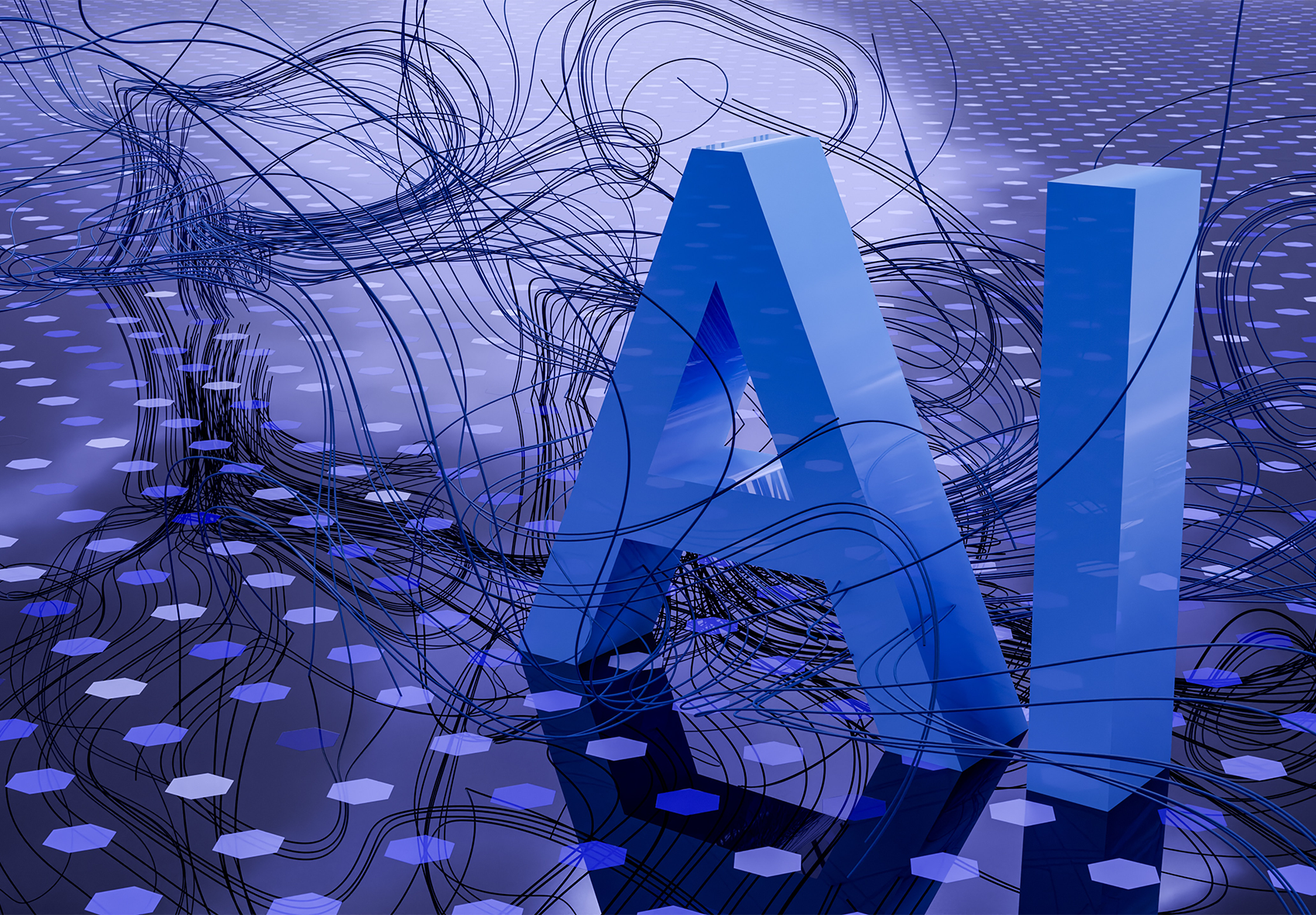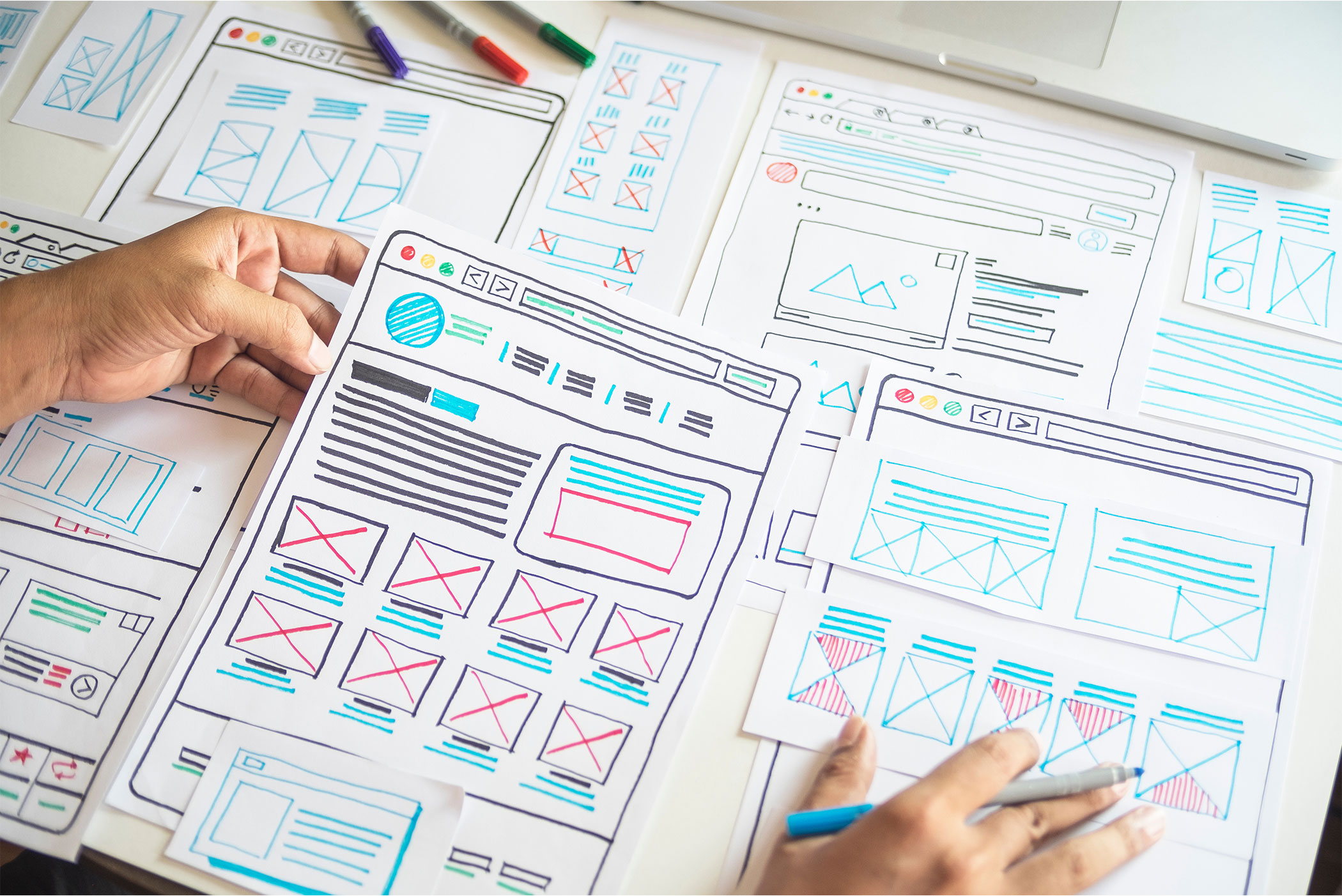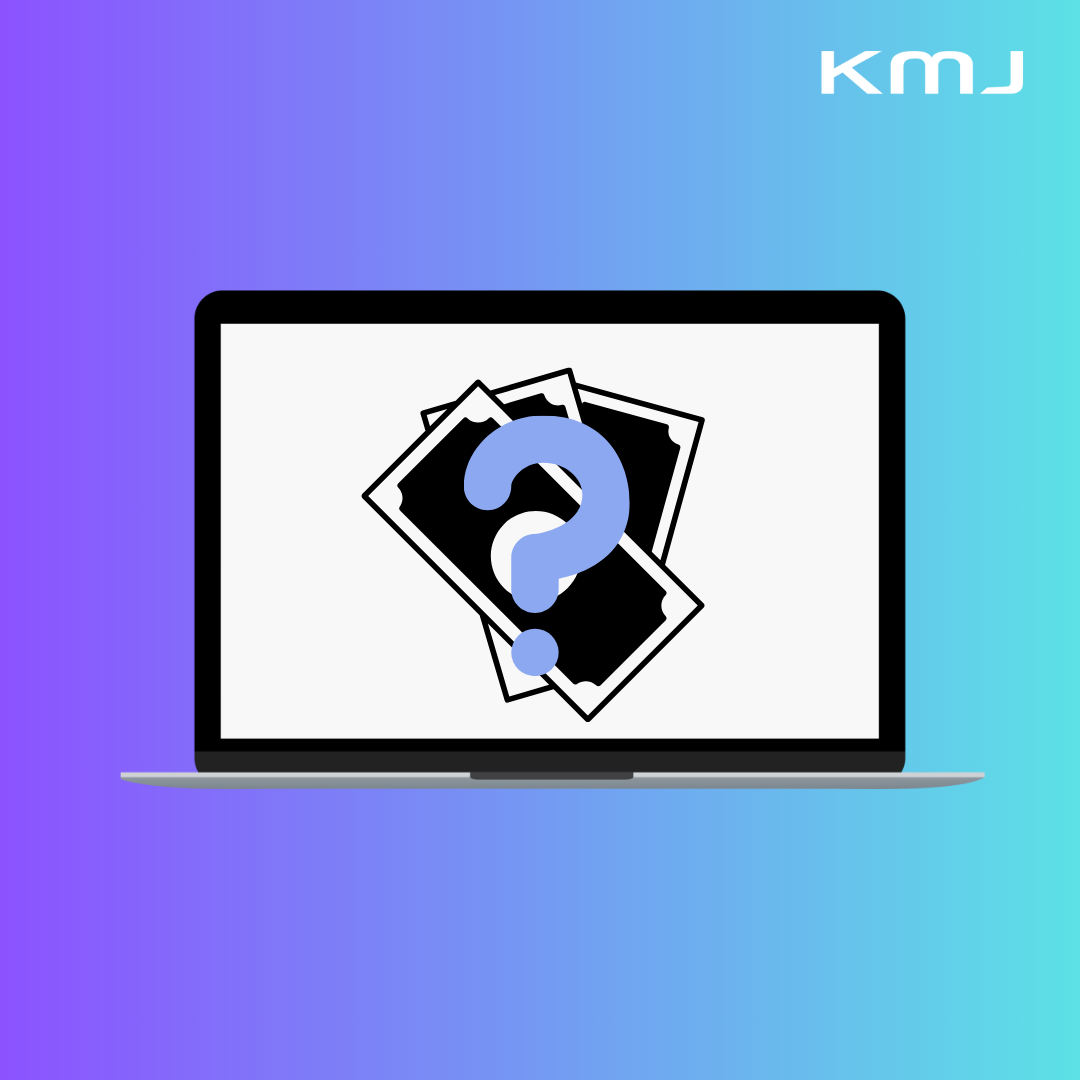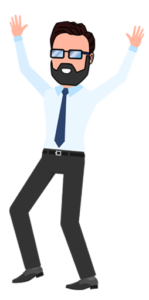Pros and Cons of a Human and AI Partnership
The integration of Artificial Intelligence (AI) into the creative process has sparked both excitement and apprehension within the creative community. While AI technologies offer numerous advantages, they also present challenges and ethical considerations. In this blog post, we will explore the pros and cons of AI’s impact on the lives of creatives, examining the potential benefits and the important considerations that accompany this innovative partnership.
Pros of AI’s Impact on Creatives
Streamlined Workflow & Time Saver
The first and, our very favorite part of AI is it speeds up processes for repetitive and time-consuming tasks. In fact, I took this article, wrote my thoughts, and had AI help me do some quick rewrites of what I wanted to say. I was able to edit the content and produce a helpful blog article in less than 5 minutes. I added the details that were valuable to what I wanted to get across, like this paragraph, and removed what I didn’t need.
Freeing up more time for us to focus on their core artistic pursuits of being creative is what we crave and AI is currently helping in that way. AI algorithms can handle processes like image retouching, video editing, and color correction, allowing artists to invest their energy in the actual act of creation. Streamlined workflows lead to increased efficiency and productivity.
Enhanced Creative Abilities
AI tools augment creatives’ abilities by generating new ideas, assisting in complex tasks, and expanding creative possibilities. Musicians can access AI-generated melodies and harmonies for inspiration and collaboration, while visual artists can leverage AI algorithms to explore new visual styles and designs. AI acts as a creative companion, pushing the boundaries of what is achievable and fostering innovation.
Improved Collaboration and Co-creation:
AI facilitates collaboration between humans and machines, creating new opportunities for co-creation. AI algorithms analyze vast amounts of data, providing valuable insights and assisting artists in making informed decisions. Real-time feedback and remote collaboration tools powered by AI enable artists from different locations to work together seamlessly, promoting diversity and enriching creative projects.
Exploration of New Creative Avenues
AI opens doors to unexplored creative avenues by using generative algorithms to create unique artworks and merge different artistic styles. Through generative adversarial networks (GANs), AI can generate novel compositions, enabling creatives to experiment with new artistic forms and reimagine traditional genres. This exploration encourages artists to push their boundaries and nurture their creative evolution.
Cons of AI’s Impact on Creatives
Ethical Considerations
Integrating AI into the creative process raises ethical concerns. The question of ownership and authorship arises when AI algorithms generate content. Determining the rights and recognition of AI-generated work becomes a complex issue that requires thoughtful consideration. Artists must ensure that the use of AI aligns with ethical principles and retains their unique artistic vision. I personally still want to rank in search so I must speak like a human so we don’t want to use only AI, we want to continue to have human elements help in the process.
Over-reliance on AI
A potential downside is the risk of over-reliance on AI technologies. While AI can assist in generating ideas and executing tasks, it should not replace human creativity and intuition. Artists must maintain a balance between leveraging AI tools for efficiency and preserving the human touch, emotions, and personal experiences that make their work truly authentic and meaningful.
Bias and Lack of Originality
AI algorithms heavily rely on existing data, which can inadvertently perpetuate biases present in the training data. There is a risk of AI-generated content lacking originality or merely replicating existing styles and trends. Artists must ensure that their work remains innovative and distinct, not solely derived from AI-generated outputs. Here at KMJ, we like to create our own topics, ideas, and thoughts and let AI help us mold them a bit more by adding more value to our ideas.
Skill Gap and Technological Barriers
Adopting AI technologies requires a certain level of technical expertise and familiarity with AI tools. Artists who lack these skills might face a learning curve or be at a disadvantage. The accessibility of AI tools and the associated costs can also present barriers, limiting the benefits to a specific subset of creatives.
The integration of AI into the creative process brings both benefits and challenges. AI enhances creative abilities, automates repetitive tasks, and fosters collaboration, providing opportunities for innovation and artistic exploration. However, ethical considerations, the risk of over-reliance, bias in AI-generated content, and skill gaps should be carefully navigated.
Remember to always keep in mind your audiences and your business objectives and to have an open mind when it comes to the capabilities of AI & humans working together.







